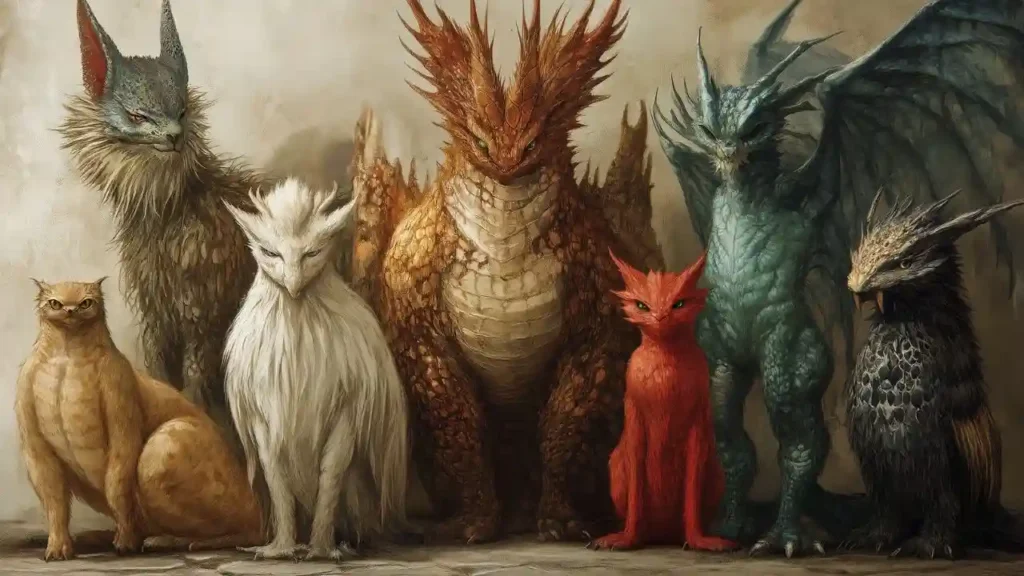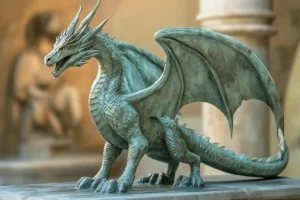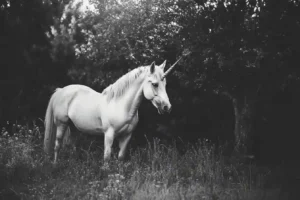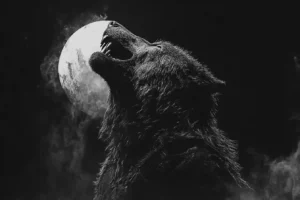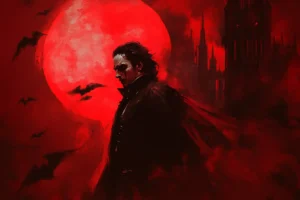From the whispering winds of ancient folklore to the echoing roar of modern pop culture, legendary creatures have always captivated the human imagination. Dragons, unicorns, werewolves, vampires, mermaids, and Bigfoot are (but a few) of these enigmatic beings that have sprung from the wellspring of human creativity and historical curiosity. Our fascination with these creatures is both timeless and universal, yet along with this fascination comes a host of myths, misconceptions, and misunderstandings.
These mythical creatures often stem from a blend of cultural storytelling, historical anecdotes, and the ever-expanding tapestry of human creativity. As these stories passed from mouth to mouth and morphed over the centuries, mythical anomalies and inaccuracies inevitably arose. Through this blog, we’ll venture into the depths of some of the most intriguing creatures from folklore, unravel the tangled origin threads, and clear up the common myths that surround them.
Understanding Myths and Legends of Legendary Creatures
Before debunking the intricate myths cloaked around these legendary creatures, it’s essential to define what constitutes a myth or legend. Myths are traditional narratives, often involving supernatural elements or deities, serving to explain the natural world or cultural truths. Legends, on the other hand, often arise from historical figures or events that, over time, have been embellished or altered into fictitious tales.
The evolutionary nature of myths and legends means they aren’t stagnant; they are living, breathing narratives reshaped by each generation. Many legendary creatures owe their origins to this perennial narrative transformation, often acting as cultural symbols or warnings.
Common Myths Debunked
Dragons
Myth: Dragons are all fire-breathing monsters.
Reality: Dragons are undoubtedly the most majestic and widespread mythical creatures, yet their characterization varies dramatically across cultures. In Western mythologies, they are typically depicted as fearsome, fire-breathing beasts, representing chaos and destruction. Conversely, Eastern cultures, especially in Chinese mythology, revere dragons as powerful, wise, and benevolent guardians of natural elements. They are seen as protectors, bestowing rain and nurturing crops, emblematic of imperial power and good fortune.
Unicorns
Myth: Unicorns were purely mythical in origin.
Reality: The genesis of unicorn legends is as fascinating as the creature itself. While pure imagination plays a significant role, historical accounts suggest inspirations from real-life animals. Descriptions in ancient texts may have been inspired by sightings of the now-extinct Elasmotherium (a prehistoric rhinoceros) or the Indian rhinoceros, which might have been misconstrued as horse-like creatures with a single horn. These historical interpretations evolved into the graceful, equine unicorns we admire today.
Werewolves
Myth: Werewolves transform during a full moon.
Reality: The association between werewolves and the full moon is a relatively modern invention, largely popularized by contemporary films and literature. Traditional folklore varies widely, with the earliest werewolf stories recognizing lycanthropy as a broader, symbolic transformation tied to themes of dual identity and internal conflict. Ancient tales from Europe often depicted werewolves as humans cursed or willingly transforming by donning magical wolf skins, independent of lunar cycles.
Vampires
Myth: Vampires are solely night-dwelling bloodsuckers.
Reality: Vampires, while unequivocally linked to darkness and blood, exhibit a surprising diversity in interpretation across different cultures. Contrary to the modern depiction popularized by Bram Stoker’s “Dracula” and the broader Gothic narrative, some cultures describe vampires as spirits or entities preying upon life forces rather than blood alone. Historical vampires were not restricted to nocturnal activities, and many of these myths reflect societal fears around death, disease, and the unknown.
Mermaids
Myth: Mermaids are always benevolent creatures of the sea.
Reality: The siren call of mermaids harbors as much treachery as beauty. Mermaids often reflect the duality of human nature, depicted as enchanting and protective in some stories, while embodying peril and seduction in others. Greek mythology introduced the dangerous sirens alluring sailors to their doom, whereas other narratives from various cultures celebrate mermaids as guardians of the ocean, helping humankind in times of need.
Bigfoot
Myth: Bigfoot is consistently sighted in various locations.
Reality: Bigfoot, or Sasquatch, remains one of the most enduring mysteries of the modern age. While numerous sightings claim credibility, tangible evidence remains elusive. The legend of Bigfoot likely arises from a blend of indigenous folklore, exaggerated tales, and misidentified wildlife. Exploring these origins often reveals an aggregated cultural phenomenon rather than a uniformly experienced reality.
Why Myths Persist regarding Legendary Creatures
The perennial allure of myths and legendary creatures lies in their ability to transcend time and cultural boundaries, embedding themselves in the very fabric of human consciousness. Cultural impact plays a significant role as these mythical narratives become vessels for societal values, teaching moral lessons or offering comfort during times of uncertainty. Media representation continuously rejuvenates these myths, adapting them for each new generation to savor.
Psychologically, these stories offer a cathartic escape into realms where the improbable becomes possible, a phenomenon that taps into the deeply rooted human need for storytelling. Myths also serve a social function, acting as metaphorical mirrors reflecting universal fears, hopes, and the eternal quest for understanding our world and ourselves.
Conclusion
To truly appreciate the myths surrounding legendary creatures, one must delve deeper into their origins and cultural contexts. These stories are more than mere entertainments; they are intricate tapestries woven with strands of historical wonder, symbolic undertones, and unrelenting imagination. As we debunk the misconceptions and explore the rich lore behind these beings, they’re revealed not as misunderstandings, but as narratives ripe with depth and meaning.

